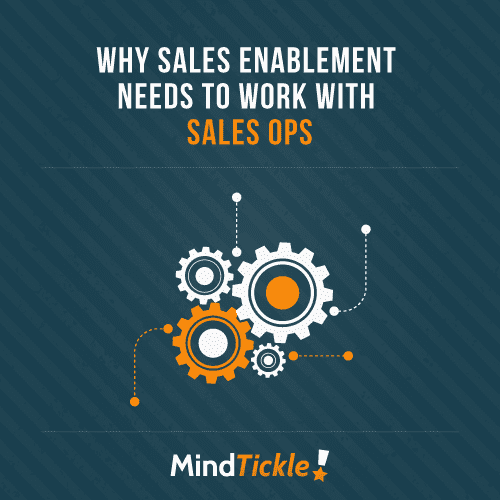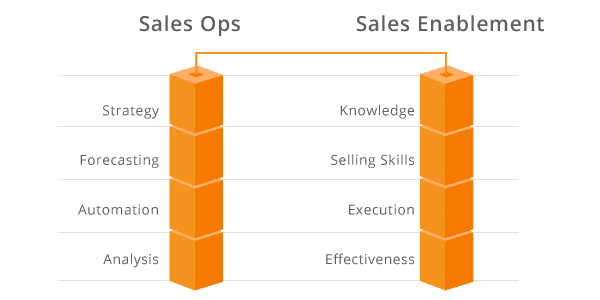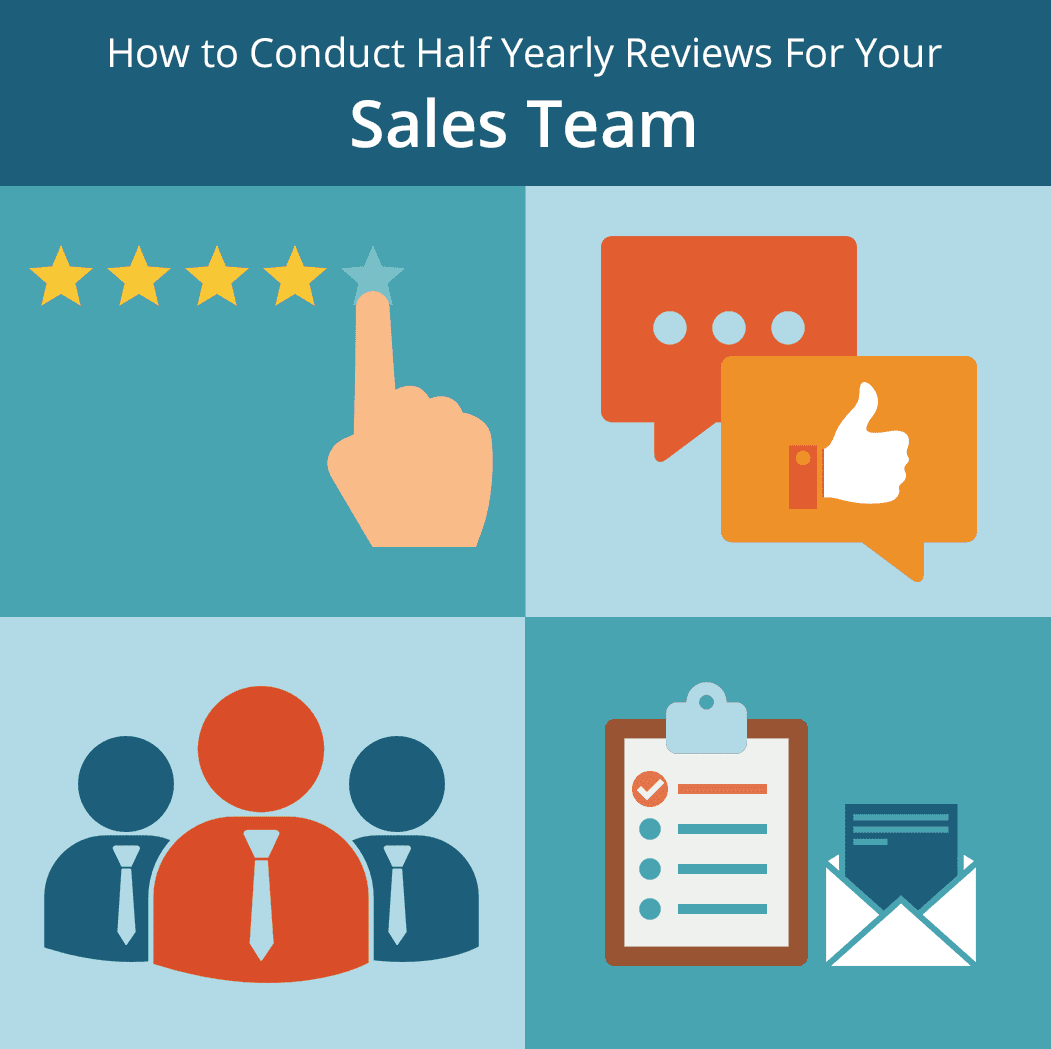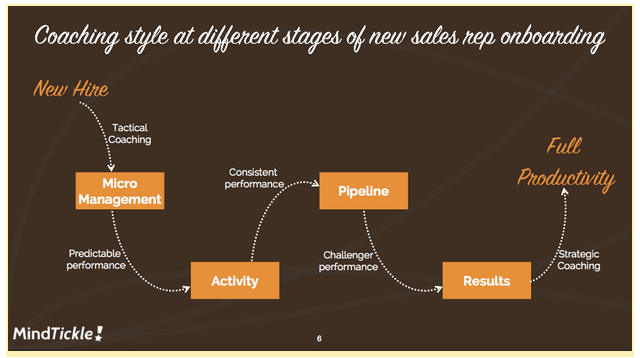[Podcast] Bridging the Gap Between Sales Operations and Enablement – Episode 25
In this 21 minute podcast Aarti explains:
- What sales enablement needs to know about collaborating with sales operation
- How sales enablement and ops can drive change within the sales organization together
- How sales enablement differs between large and smaller companies
 Collaboration between sales enablement and sales operations is crucial for effective enablement, but it’s not always easy to achieve. Aarti Kumar, VP of Sales Operations at BrightEdge, has some helpful advice for sales enablement professionals who want to build collaboration with sales ops and get a seat at the table.
Collaboration between sales enablement and sales operations is crucial for effective enablement, but it’s not always easy to achieve. Aarti Kumar, VP of Sales Operations at BrightEdge, has some helpful advice for sales enablement professionals who want to build collaboration with sales ops and get a seat at the table.
“Be proactive and make sure that you’re in the loop. This is critical, because if you want to know where the ball is going, then you should be there. Also be engaged and understand what works for the sales team and what doesn’t work. If you can be that bridge or have that knowledge, you can be the bridge to communicate between two departments.”
With over seven years experience at Symantec, and now at BrightEdge, Aarti has seen how much value a collaborative relationship between sales ops and sales enablement can generate, but it’s not something that happens overnight.
“From a strategic aspect, being in tune with what the company and the business are trying to drive is critical for sales enablement. They have to work with sales operations to understand what the company is solving for and how sales operations are playing a role there. It needs to be an ongoing dialogue, it’s not a one and done process,” she explains.
“Sales enablement and ops need to speak, on a weekly basis, on a monthly and a quarterly basis. It’s best to have a seat at that table, so you know what’s coming down the pipeline and you can plan for it accordingly,” continues Aarti.
To ensure the relationship runs smoothly, maintaining a constructive feedback loop is key.
“Every time decisions were made or projects moved forward the sales enablement team was kept informed. We would tell them the what and they would tell us the how, in terms of getting information to sales. On the flip side, we also got a lot of feedback from them, because, they’re closest to the sales team. That feedback was super effective and it helped shape some of the decisions from the sales operations side,” explains Aarti.






 It’s nearly time for the bi-annual performance review performance again. As I pulled out data and started to fill out forms for each of my sales reps, I started to think about how much benefit this process provides to them and whether there’s a way to actually make the mid-year performance review process more relevant from a sales perspective.
It’s nearly time for the bi-annual performance review performance again. As I pulled out data and started to fill out forms for each of my sales reps, I started to think about how much benefit this process provides to them and whether there’s a way to actually make the mid-year performance review process more relevant from a sales perspective.
